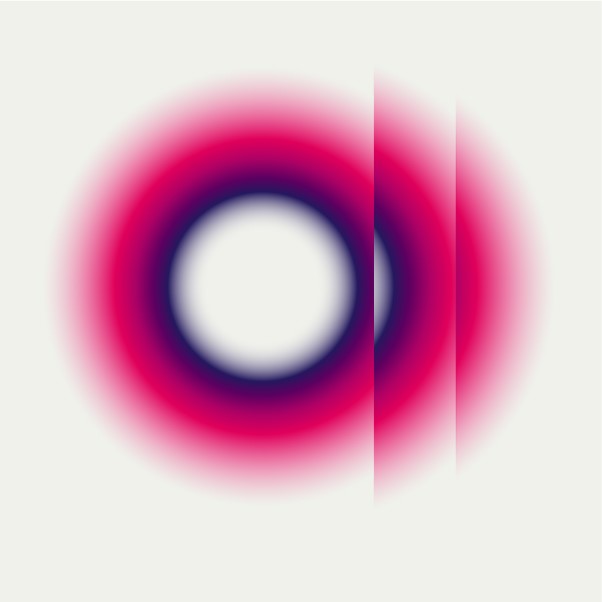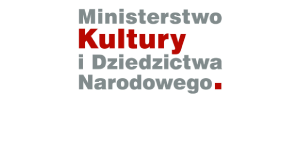The concert will be live streamed on Sinfonia Varsovia’s YouTube channel and Facebook.
Join us for a pre-concert meeting with Teoniki Rożynek and Edward Sielicki, hosted by Agata Kwiecińska. The talk starts at 7:00 p.m.


The concert will be live streamed on Sinfonia Varsovia’s YouTube channel and Facebook.
Join us for a pre-concert meeting with Teoniki Rożynek and Edward Sielicki, hosted by Agata Kwiecińska. The talk starts at 7:00 p.m.
Sinfonia Varsovia
Mikhail Agrest conductor
Agata Kwiecińska host
Teoniki Rożynek Nox (premiere)
Sofia Gubaidulina Fairytale Poem
Włodzimierz KotońskiCanto per complesso da camera
Edward Sielicki Symphony Concertante No. 3 (premiere)
Once upon a time, there was a small piece of blackboard chalk that also had its dreams. It dreamt of drawing beautiful castles, gardens and landscapes, but day after day was used only to draw boring words, numbers and geometric figures. The children grew with each day but the chalk became smaller and smaller until one time it woke up in the darkness. What it thought was the darkness of death was actually the pocket of a boy who had stolen it out of the classroom and began to draw castles and the sea in the courtyard, on the asphalt, in the light of day. The drawings were so beautiful that the chalk did not even notice when the boy drew it right down to a nub.
This is a Czech fairy tale, which was used by arguably the greatest living woman composer, Sofia Gubaidulina, as the basis of her Fairytale Poem (1971). Scored for string orchestra, percussion, and woodwinds, the piece is rich in contrasts and oneiric harmonies. The Russian composer with a Tatar background, who for many years has lived in Berlin, has demonstrated that the symphonic poem, which had its heyday in the Romantic era, is here to stay.
Objects are also brought to life in Nox (2016) for string orchestra by versatile composer Teoniki Rożynek, who recently has been very prolific in the fields of film, theater, and electronic music. The piece revolves around the metal music stands, present at every concert, but always unnoticed and unappreciated, like the fairytale chalk. The young Polish composer’s piece gives them voice by amplifying their construction, which is set into vibration by the strings. The unusual sounds made by the instruments with the use of a wide range of extended techniques are derived from a single recording of the music stands.
These kinds of animated objects do not appear in Edward Sielicki seemingly conventional, three-movement Symphony Concertante No. 3 (2020). However, the second slow movement features the synthesizer as a solo instrument generating random melodic patterns based on a specific scale. Algorithm and coincidence are juxtaposed with creative intention. It is the third time the prominent pedagogue and active animator of musical life deals with a genre long regarded as his crowning achievement, but following Karol Szymanowski and Bela Bartók, he combines it with another form.
As Sielicki wrote about his piece, “the individual sets of instruments form independent concertante groups, which display their virtuosity against the full ensemble: a single group of the wind instruments, timpani, piano, harp, and vibraphone (changing to marimba), and often a single group of strings. The electronic part is realized by a single performer using multiple synthesizers that have their sound additionally altered with effects units (used mainly for electric guitars). Almost the entire part is performed live, as in an instrumental concerto”.
Hence the “concertante” subtitle of the symphony, hence the numerous contrasts between tutti and soloists – everything sparkles with the shimmering textures generated by the instruments with short sustain times such as piano, harp, vibraphone, marimba, and synthesizer. Sielicki’s orchestration would surely make his teacher Włodzimierz Kotoński, who left a profound impression on many generations of composers, proud. His Canto per complesso da camera (1961), a song scored for chamber ensemble, is a sonoristic miniature that had its premiere at the prestigious International Summer Courses for New Music in Darmstadt.
As in many other works from this period, Kotoński creates patches of color moving slowly like clouds in the sky in a way reminiscent of György Ligeti’s later work, Clocks and Clouds. Has something come to life again in music? It’s quite possible, as when writing his Canto Kotoński stayed close to Polish avant-garde animated cinema, which conquered both world festivals and the tastes of connoisseurs. After all, he is the author of the exceptional electronic music featured in Jan Lenica’s and Walerian Borowczyk’s surrealist House, where figures from old photographs begin to dance and a wig drinks milk. Cheers!
Jan Topolski

